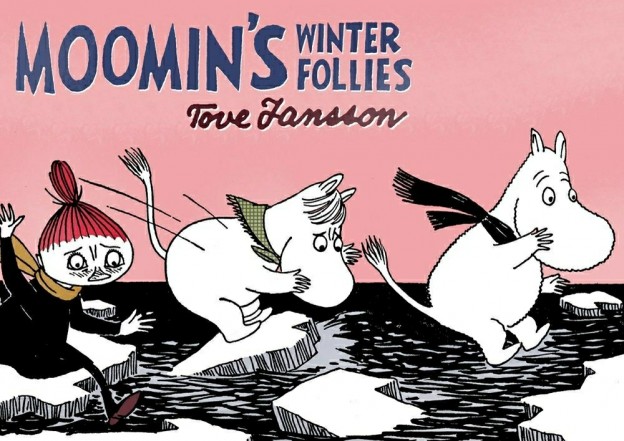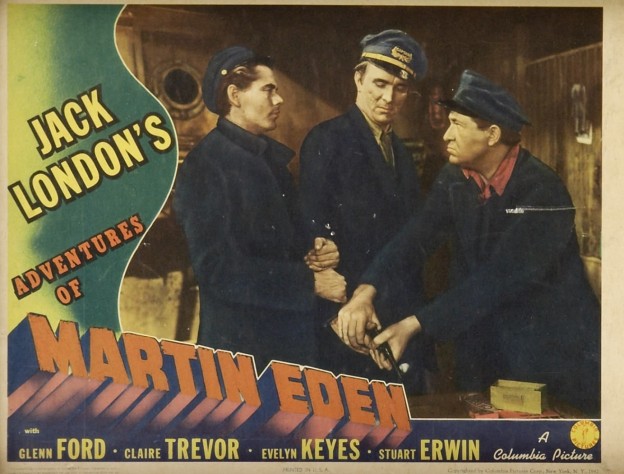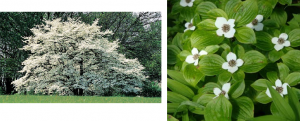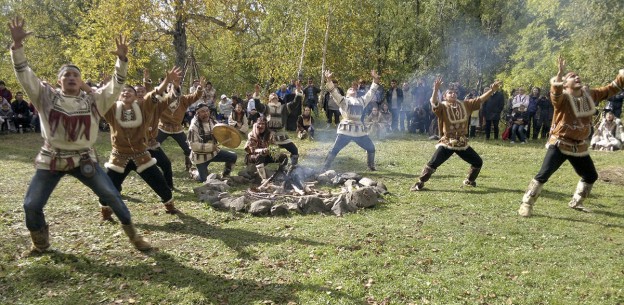
dead grasshopper by leticia chamorro via flickr
It’s November again and I am Nanowrimoing my little heart out, so I’ll be reposting a few things from way back when, and concentrating on the new novel climbing out of my head.
This time we’re going way, way, way back, because I was on the internet pretty young and kept an online journal, which you can still see in all it’s embarassingly neon-colored glory (although I didn’t get into animations or midi players, thankfully) on Angelfire. This is a from my freshman year of high school, and emotions were running hot in my family.
As promised, the story of the grasshopper and it’s effects on my life.
I spent the second week of May in New Mexico, which is an entirely different story. However, before I left, I notified all my teachers, except two — my Russian teacher, who would also be gone most of the same week and wouldn’t care anyways, and my biology teacher. Actually that’s not completely true. I had mentioned to my biology teacher that I would be gone, but on the day I told all my teachers that I would be absent and was there any work I’d be missing? I didn’t have biology and therefore never had an official type conversation with him about it.
Time passes and I returned, having missed a full week of biology. On my return to the class, I found I had missed three assignments, a chapter review, an arthropod drawing and the dissection of a grasshopper. I turned in the review, I drew the arthropod (thought it sure wasn’t pretty) and I contemplated the grasshopper dissection. At that time, I did have the chance to make up the dissection.
I decided, hey, what the heck, I won’t dissect the grasshopper. Doubtless, you’ll want to know the reasoning behind this decision. 1) I don’t care what chemicals they feed them, how big can a grasshopper get? It’s gonna be tiny and I won’t be able to tell what it’s insides are, even if I did care. 2) Somebody told me they squirted. 3) I’ve already dissected a worm, a crayfish and a starfish. How big a dent could a zero for a grasshopper make? 4) It’s a smelly, dead thing. I don’t like smelly, dead things.
So, I made my decision, I was conscious of it, I didn’t change my mind and I felt good and control of my life (if only a small portion of it).
Thursday came and 7th hour. Some guy who I know by name only came in to make up a grasshopper dissection. Sitting on my desk and coloring in my tesselation from math, I watched him out of the corner of my eye. The grasshopper was one ugly sucker, about 2 inches long. The biology teacher told me I could join him, if I wanted. “I don’t like smelly, dead things,” I replied, and continued my coloring.
Another day or two went by. The teacher was working on grades. “Bonnie,” he told me, “if you don’t do that grasshopper you can’t get an A.” Fine with me. My world won’t end with a B in Biology.
More time passed (though not a lot) and it was the end of the school year. I got my project reward slips and took them home. (Project reward is a program at my school where if you haven’t missed more that five days of school, or if you have an A or B grade or haven’t been in trouble you don’t have to take exams in whatever classes your parents will sign you off on.) I remembered to give the slips to my mother. “I’m only going to sign the ones for classes you have As in,” my mother said. Shit, said my brain, argued with itself for a while then directed my mouth to admit to having a B in biology. “Why’s that?” my mother asked, “because it’s biology?” (I have a history of hating, not caring about and generally not doing fantastic in science.) “Umm,” I said, and ended up telling her about the grasshopper.
Now, I may think it’s great when I make decisions and do things for myself but my parents don’t agree. In fact, this time, they disagreed with me quite emphatically.
Someday, my mother informed me, when you have a 3.98 gpa and you’re not the valedictorian, you’ll regret this.
If you want to go to a good school and get scholarships you need to work. (oh yes daddy, I’m such a slacker, of course) The people who get scholarships are the people who work and who don’t give up. (I’ll never let go dad, I’ll never let go…)
And it was decided by the Powers That Be that I was an evil child and would be taking the biology final. The Powers also decreed that for ever grade below an A I would be off the computer for an additional week. Addictional to off till the end of school, but although school ended of Thursday, these weeks will end on Saturdays, the Powers told me.
All arguments against the Powers are ignored. But if I’ll be majoring in English, why would one bio grade matter? What science scholarships would I be applying for anyway? Isn’t it my life? (Not till I’m 21, as I was informed by my male parental unit, several arguments ago. It might have been nicer to have been slapped.)
Two things remain on the tip of my mind. Should you have the right to ruin your own frickin’ life? and It’s a B! What’s so frickin bad about a B?
Looking back now, I can see it more from my parents’ point of view, but I also still feel a bit smug, because I was salutatorian in my graduating class and went to a perfectly nice liberal arts college with my 3.98 GPA. And I’m more interested in science these days, but I have no regrets about that grasshopper, and I don’t think that I’d jump at the chance to dissect one today.









